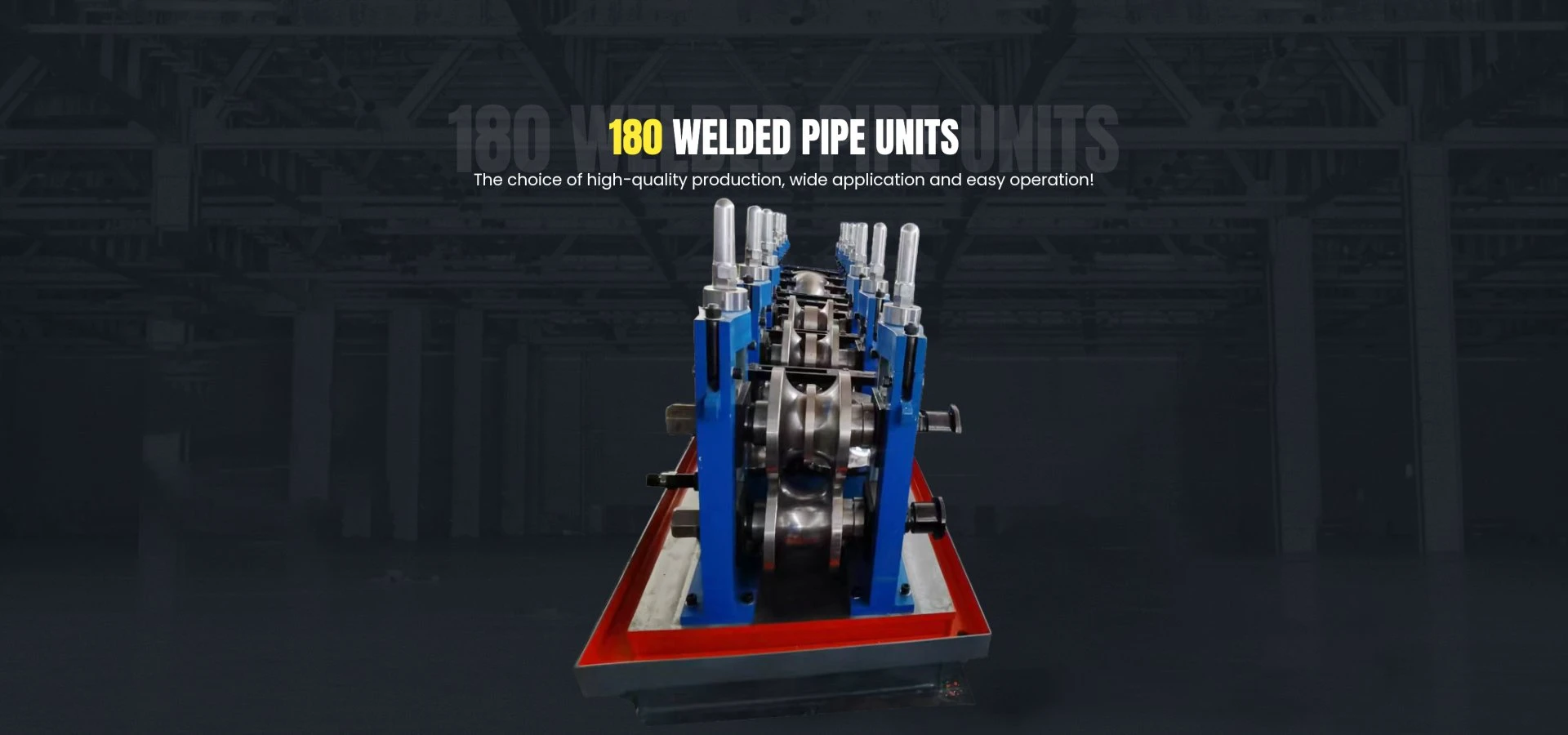The roll forming process begins with unwinding a metal coil, which is then fed into the forming section of the machine. As the strip moves through the series of rollers, it undergoes deformation, gradually taking on the desired shape. Advanced roll forming machines may incorporate additional features, such as hydraulic systems for managing pressure and ensuring smooth operation. Once the profiling is complete, the formed strip is usually cut to length using automated shears, resulting in a finished product ready for shipment or further processing.

One of the key features of pop roll forming machines is their ability to handle a wide variety of materials
. From aluminum and steel to copper and zinc, these machines can process different metal types, allowing manufacturers to choose the best material suited for their specific needs. Furthermore, the machine can easily accommodate varying thicknesses and widths of metal sheets, showcasing its versatility.